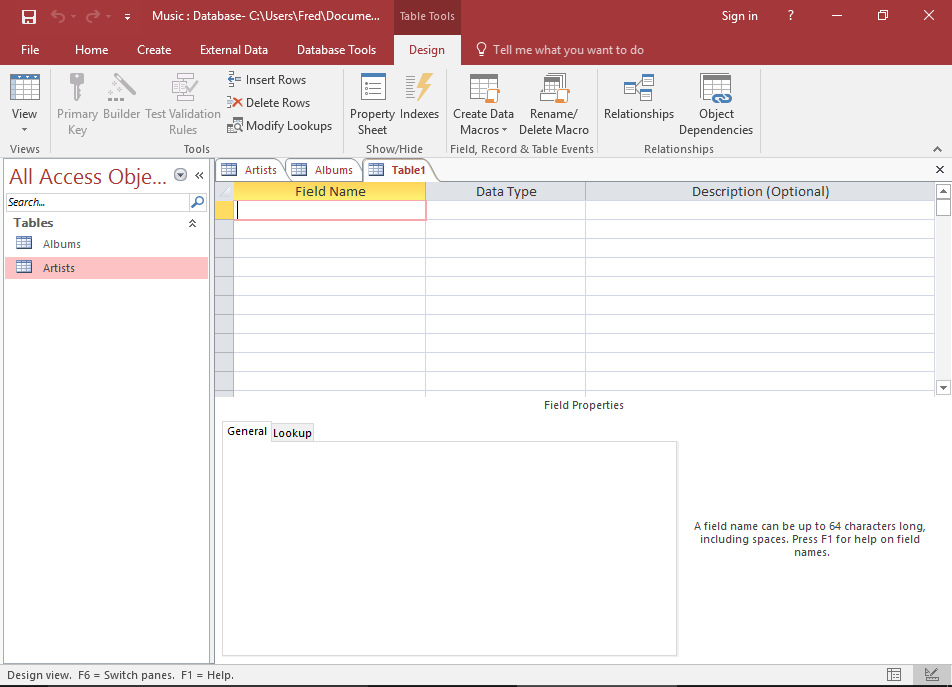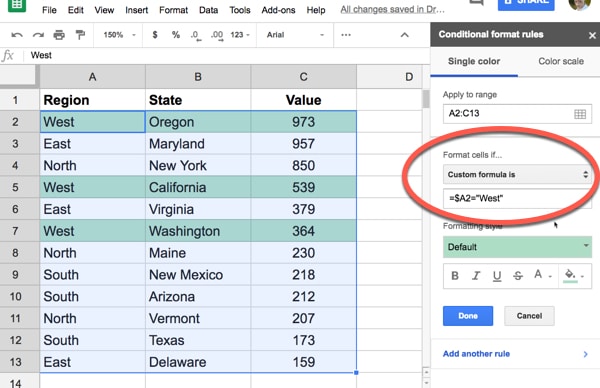Top 5 Crime Scene Photography Tips

Crime scene photography, also known as forensic photography, is a crucial aspect of criminal investigations and evidence collection. It plays a vital role in documenting and preserving the visual details of a crime scene, providing invaluable information to investigators, prosecutors, and other experts involved in the legal process. In this article, we will delve into the world of crime scene photography, exploring the top five essential tips to enhance your skills and ensure accurate and effective documentation.
1. Preparation and Planning: The Foundation of Success

Before stepping into a crime scene, proper preparation and planning are key to a successful photography session. Familiarize yourself with the basic principles of forensic photography and the specific requirements of the case at hand. Here are some crucial aspects to consider:
- Equipment: Ensure you have the necessary camera gear, including a high-quality DSLR camera with a variety of lenses to capture different perspectives and details. Consider using a camera with a live view feature for easier focusing and a tilt screen for low-angle shots.
- Lighting: Adequate lighting is essential for capturing clear and accurate images. Carry portable lighting equipment, such as flash units or continuous lighting, to illuminate dark areas and enhance visibility. Understand the basics of lighting techniques, including the use of reflectors and diffusers, to control and manipulate light effectively.
- Scene Preservation: Understand the importance of preserving the integrity of the crime scene. Work closely with the investigation team to ensure you do not disturb any evidence or alter the scene unintentionally. Follow proper protocols and maintain a professional and respectful attitude throughout your documentation process.
- Documentation Forms: Prepare and bring along the necessary documentation forms or templates to record important details about each photograph. These forms should include information such as the date, time, location, and specific details about the image, ensuring a comprehensive and organized record of the crime scene.
2. Comprehensive Coverage: Capturing the Big Picture

A comprehensive coverage of the crime scene is essential to provide a complete visual record. Here’s how you can achieve this:
- Wide-Angle Shots: Begin by capturing wide-angle shots to provide an overall view of the crime scene. These images should include relevant details, such as the layout of the room, the position of objects, and any potential points of interest. Wide-angle lenses can help capture a larger area, ensuring nothing is missed.
- Medium and Close-Up Shots: Gradually move closer to capture medium and close-up shots of specific areas, objects, or evidence. These images should focus on important details, such as bullet holes, bloodstains, fingerprints, or any other relevant traces. Use appropriate lenses and adjust your camera settings to ensure sharp and focused images.
- Scale and Context: Include scale and context in your photographs to provide a better understanding of the scene. This can be achieved by incorporating scale references, such as a measuring tape or a known object of a specific size. By including these references, investigators and experts can accurately interpret the size and distance of various elements within the crime scene.
- Vertical and Overhead Shots: Don't forget to capture vertical and overhead shots, especially in cases where evidence may be present on walls, ceilings, or other elevated surfaces. These angles can reveal important details that might be overlooked in traditional ground-level photographs.
3. Lighting Techniques: Unveiling the Hidden Details
Mastering lighting techniques is crucial for crime scene photography, as it can reveal hidden details and enhance the visibility of important evidence. Here are some lighting techniques to consider:
- Available Light: Start by assessing the available light at the crime scene. Natural light or existing artificial lighting can sometimes provide sufficient illumination for certain areas. Understand how to work with available light, adjusting your camera settings and ISO sensitivity to capture clear images without the need for additional lighting equipment.
- Flash Photography: In situations where available light is insufficient, flash photography becomes essential. Learn how to use your camera's built-in flash or external flash units effectively. Consider using bounce flash techniques to soften the light and avoid harsh shadows. Adjust the flash power and angle to illuminate specific areas or evidence without causing excessive glare.
- Continuous Lighting: Continuous lighting, such as LED panels or tungsten lights, provides constant illumination and can be beneficial for crime scenes with limited natural light. This type of lighting allows for easier focusing and composition, as you can see the effect of the light on the scene in real-time. It is particularly useful for capturing detailed close-up shots or when working in confined spaces.
- Lighting Patterns: Understand the different lighting patterns and their effects on evidence. For example, side lighting can reveal surface texture and enhance the visibility of fingerprints or tire tracks. Top lighting is useful for capturing the details of objects or evidence on flat surfaces. Experiment with different lighting angles and patterns to uncover hidden details and create visually compelling images.
4. Composition and Focus: Creating Impactful Images
Composition and focus are crucial elements in crime scene photography, as they can significantly impact the overall quality and effectiveness of your images. Here’s how to enhance your composition skills:
- Rule of Thirds: Apply the rule of thirds to create visually appealing and balanced compositions. Imagine dividing the image into thirds both horizontally and vertically, and place important elements along these lines or at their intersections. This technique adds interest and helps guide the viewer's eye to the most crucial details.
- Leading Lines: Look for leading lines within the crime scene, such as pathways, walls, or even bloodstains, that can lead the viewer's gaze towards the main subject or evidence. Leading lines add depth and perspective to your images, enhancing their visual impact.
- Depth of Field: Control the depth of field to emphasize the subject or evidence while maintaining a clear and focused image. Use a wide aperture (low f-stop number) to create a shallow depth of field, blurring the background and drawing attention to the main point of interest. Alternatively, use a narrow aperture (high f-stop number) to achieve a greater depth of field and ensure all elements in the image are sharp.
- Focus Stacking: In situations where you need extreme depth of field, consider using focus stacking techniques. This involves taking multiple images at different focus points and combining them using specialized software. Focus stacking allows you to create images with exceptional sharpness from foreground to background, ensuring no important details are missed.
5. Documentation and Evidence Preservation: A Crucial Responsibility

Crime scene photography serves as a vital form of documentation and evidence preservation. Here’s how you can ensure accurate and reliable documentation:
- Documentation Forms: As mentioned earlier, complete and accurate documentation forms are essential. Ensure you fill out the necessary forms for each photograph, providing detailed information about the image, including the date, time, location, and any specific details or observations. This documentation ensures a comprehensive record of the crime scene and facilitates effective communication among investigators and experts.
- Evidence Numbering: Assign unique evidence numbers to each item or area photographed. These numbers should be consistent and easily identifiable in the photographs. This numbering system helps investigators and experts refer to specific evidence and correlate it with other relevant information.
- Metadata and File Organization: Properly manage and organize your digital files. Embed metadata into each photograph, including the date, time, and location of capture, as well as any relevant keywords or descriptions. This metadata ensures that the images are easily searchable and provides additional context for investigators and experts when reviewing the evidence.
- Chain of Custody: Understand and follow the chain of custody protocols to ensure the integrity and admissibility of the photographic evidence. Document any changes or alterations made to the photographs, such as cropping or adjusting brightness, and maintain a clear record of who has access to the images and when. This ensures the authenticity and reliability of the evidence throughout the legal process.
Conclusion
Crime scene photography is a specialized and vital skill in forensic investigations. By following these top five tips, you can enhance your photography skills and ensure accurate and impactful documentation of crime scenes. Remember, attention to detail, proper planning, and a commitment to preserving evidence are essential in this field. With dedication and practice, you can become a valuable asset to criminal investigations, contributing to the pursuit of justice and the resolution of crimes.
How do I determine the appropriate lighting setup for a crime scene?
+The choice of lighting setup depends on various factors, including the available light at the scene, the nature of the evidence, and the specific requirements of the case. Assess the existing lighting conditions and determine if additional lighting is necessary. Consider using flash photography, continuous lighting, or a combination of both. Experiment with different lighting angles and power settings to achieve the desired effect and enhance the visibility of evidence.
What are some common mistakes to avoid in crime scene photography?
+Some common mistakes to avoid include: neglecting to properly document the scene with wide-angle shots, failing to capture close-up details, using inappropriate lighting techniques that obscure important evidence, not maintaining a consistent lighting setup throughout the scene, and neglecting to include scale references in photographs. It’s crucial to be mindful of these mistakes to ensure accurate and comprehensive documentation.
How can I enhance my composition skills in crime scene photography?
+Enhancing your composition skills involves practicing and applying various techniques. Study and implement the rule of thirds, leading lines, and depth of field control. Experiment with different angles, perspectives, and framing techniques to create visually compelling images. Practice focusing on the main subject or evidence while maintaining a balanced and appealing composition.



